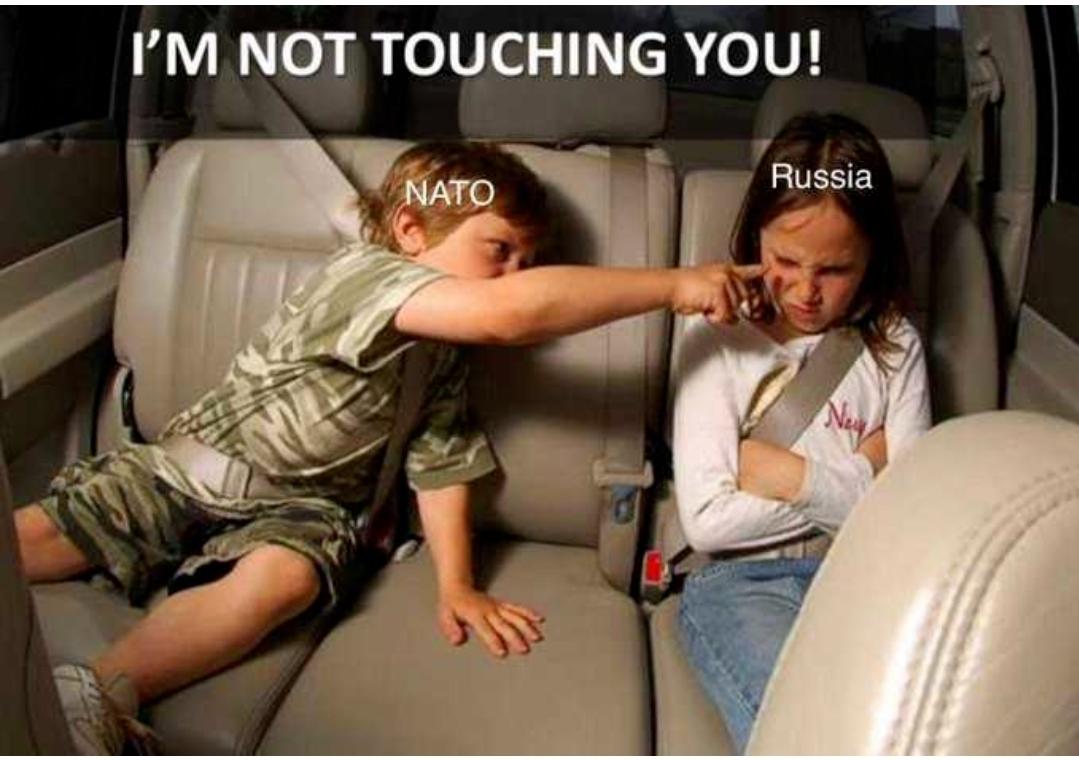Today, The US Started "Lend-Lease" With Ukraine

WASHINGTON — The U.S. House voted overwhelmingly Thursday to use the framework of a World War II-era program to allow the federal government to lend and lease military equipment to Ukraine as it resists Russian troops.
The legislation, called the Ukraine Democracy Defense Lend-Lease Act, would remove red tape and require the White House to create an expedited process for lending or leasing military equipment to Ukraine’s government.
The bill, passed 417-10 with all the no votes from Republicans, now goes to President Joe Biden for his expected signature.
U.S. to lend and lease military supplies to Ukraine under bill clea...
It was 9 months from when the US started lend-lease until US entry into WW2 as an active combatant.
Lend-Lease, formally introduced as An Act to Promote the Defense of the United States (Pub.L. 77–11, H.R. 1776, 55 Stat. 31, enacted March 11, 1941), was a policy under which the United States supplied Great Britain, the Soviet Union and other Allied nations with food, oil, and materiel between 1941 and 1945. It was given on the basis that such help was essential for the defense of the United States; this aid included warships and warplanes, along with other weaponry. It was signed into law on March 11, 1941, and ended on September 20, 1945. In general, the aid was free, although some hardware (such as ships) were returned after the war. In return, the U.S. was given leases on army and naval bases in Allied territory during the war. Canada operated a similar smaller program called Mutual Aid.
A total of $50.1 billion (equivalent to $690 billion in 2020) worth of supplies was shipped, or 17% of the total war expenditures of the U.S. In all, $31.4 billion went to the United Kingdom, $11.3 billion to the Soviet Union, $3.2 billion to France, $1.6 billion to China, and the remaining $2.6 billion to the other Allies. Reverse Lend-Lease policies comprised services such as rent on air bases that went to the U.S., and totaled $7.8 billion; of this, $6.8 billion came from the British and the Commonwealth. The terms of the agreement provided that the materiel was to be used until returned or destroyed. In practice, very little equipment was returned and most was destroyed during the war. Supplies that arrived after the termination date were sold to the United Kingdom at a large discount for £1.075 billion, using long-term loans from the United States. Canada's Mutual Aid program sent a loan of $1 billion and $3.4 billion in supplies and services to the United Kingdom and other Allies.
Lend-Lease effectively ended the United States' pretense of neutrality which had been enshrined in the Neutrality Acts of the 1930s. It was a decisive step away from non-interventionist policy and toward open support for the Allies. Roosevelt's top foreign policy advisor Harry Hopkins had effective control over Lend-Lease, making sure it was in alignment with Roosevelt's foreign policy goals.
Tags:
Replies to This Discussion
"Destroying the New World Order"
THANK YOU FOR SUPPORTING THE SITE!
Latest Activity
- Top News
- ·
- Everything
G99Gt39XEAAyu6Y
KILL THE MESSENGER - Hero Journalist Featurette - In Theaters Friday
A Masterclass Is Being Played Out For Those Who Have The Eyes To See
City of Joel - Official Trailer
© 2026 Created by truth.
Powered by
![]()